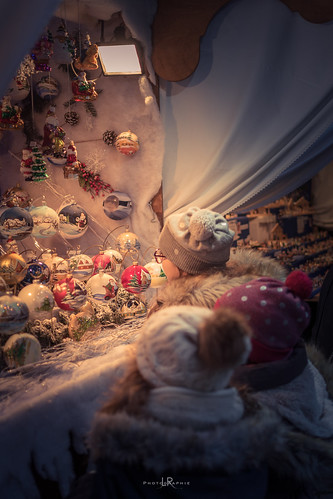Nder differences inside the social networking behavior of male and female
Nder differences inside the social networking behavior of male and female avatars [55].The MMOG PardusThe MMOG Pardus provides a persistent synthetic planet in which a huge number of players interact via their game characters (avatars) which PubMed ID:https://www.ncbi.nlm.nih.gov/pubmed/24367588 they manage through their browser. Players usually recognize with their characters [45], which makes it possible for us to create “player” for “the player’s character” inside the following. The setting of Pardus is futuristic. Each and every player owns a space ship to travel the “universe”, which consists of planets, space cities, all-natural resource fields, and even space monsters. Players can discover the universe, develop production web-sites (factories), trade with one another, and fight one another, or against monsters. A lot of players are driven by the accumulation of “social status” by obtaining honors for specific social achievements or by buying highly-priced things that serve as status symbols. There’s no overall target inside the game, and players frequently define their own ambitions and roles. Pardus is absolutely free ofPLOS A single plosone.orgcharge but demands a registration. In total, greater than 400,000 players have registered because 2004. Pardus has an internal “unit of time” referred to as Action Points (AP). At every single day each and every player includes a limited quantity of 5000 APs that can be spent. Distinctive actions with the player “cost” several amounts of APs. The economy of Pardus. The inputoutput production matrix of the economy plus the assortment of goods are predefined inside the Pardus framework. Goods are of uniform high quality (homogeneous). Consumables and equipment could be partially substituted by other varieties of consumables and gear, though intermediate goods are needed for production in exact proportions. You can find 5 commodities which might be natural resources, 9 serve as intermediate goods, and  5 are endproducts, i.e. consumables. Even though capital specifications to create production facilities are low, you will find barriers to getting into production. Incumbents may threaten or harm potential new entrepreneurs. Game rules set an upper limit of production facilities for every single player. Lots of players operate the maximum variety of factories. Production facilities in Pardus are fixed assets with infinite durability but can not be sold. Investments into production facilities hence motivate incumbents to remain inside the sector (exit barrier). When no labor is necessary for production itself, transport of raw materials and intermediate goods requires work and resources with the players. Due to the fact of transport expenses, facilities correctly only compete with related facilities which are close by. Collectively with sparse distribution of production facilities, this leads to efficient nearby oligopolies. A specific kind of goods are many types of equipment, i.e. products like space ships or weapons. Gear can only be produced in particular facilities which also act as warehouses and selling points. Gear is sturdy, but features a finite lifetime. Upkeep applied to equipment can raise the lifetime. When a player sells equipment following usage, it can be scrapped. (Players can own only a restricted quantity of equipment, resulting in an incentive to sell from time for you to time.) Owners of production facilities are absolutely totally free to set the value at which they acquire their rawBehavioral and Network Origins of TAK-438 (free base) Wealth Inequalitymaterials and sell their items. There are also nonplayer facilities (belonging for the game itself) whose costs straight react to local provide and demand inside specific.
5 are endproducts, i.e. consumables. Even though capital specifications to create production facilities are low, you will find barriers to getting into production. Incumbents may threaten or harm potential new entrepreneurs. Game rules set an upper limit of production facilities for every single player. Lots of players operate the maximum variety of factories. Production facilities in Pardus are fixed assets with infinite durability but can not be sold. Investments into production facilities hence motivate incumbents to remain inside the sector (exit barrier). When no labor is necessary for production itself, transport of raw materials and intermediate goods requires work and resources with the players. Due to the fact of transport expenses, facilities correctly only compete with related facilities which are close by. Collectively with sparse distribution of production facilities, this leads to efficient nearby oligopolies. A specific kind of goods are many types of equipment, i.e. products like space ships or weapons. Gear can only be produced in particular facilities which also act as warehouses and selling points. Gear is sturdy, but features a finite lifetime. Upkeep applied to equipment can raise the lifetime. When a player sells equipment following usage, it can be scrapped. (Players can own only a restricted quantity of equipment, resulting in an incentive to sell from time for you to time.) Owners of production facilities are absolutely totally free to set the value at which they acquire their rawBehavioral and Network Origins of TAK-438 (free base) Wealth Inequalitymaterials and sell their items. There are also nonplayer facilities (belonging for the game itself) whose costs straight react to local provide and demand inside specific.